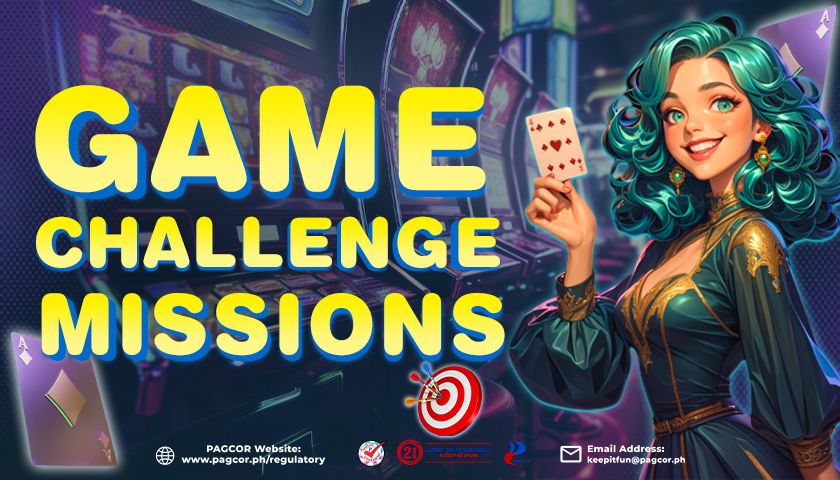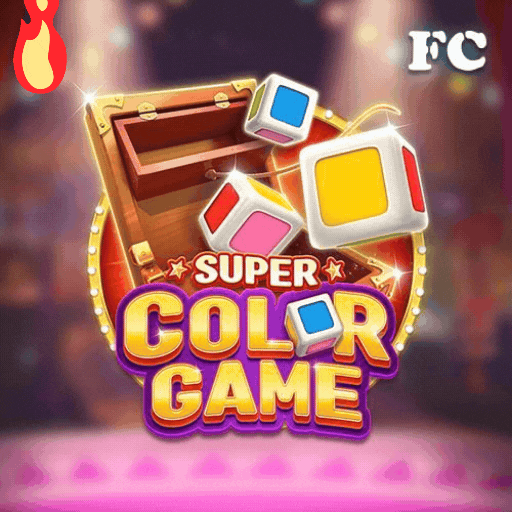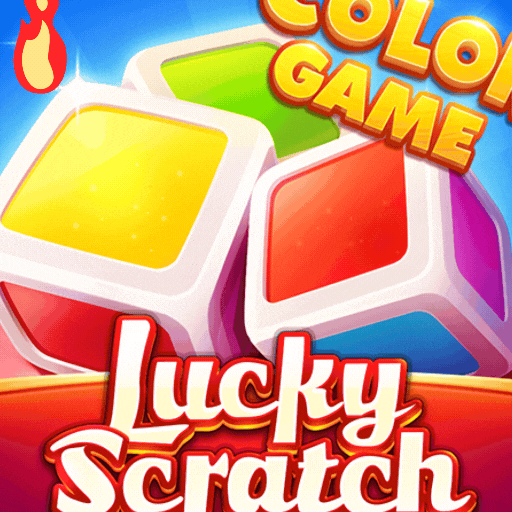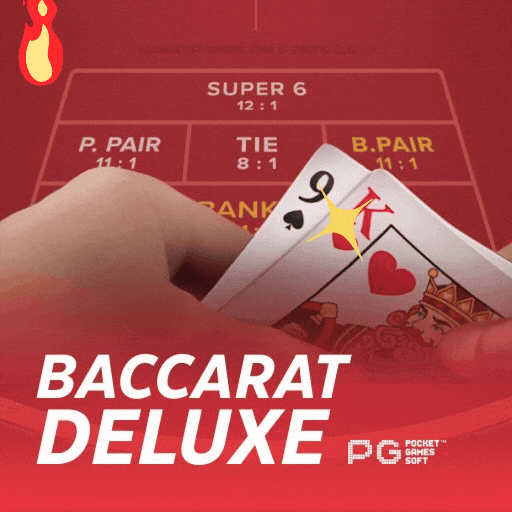What are the rules of the colour game?
- Online Casino
- 2025-01-01
- 2
- Time:2025-01-01 20:32:50
color-game plus | Free Slot & Color Game Casino Games Philippines News: Unveiling the Rules of the Color Game
The color game, or color theory, is a captivating realm that delves into the intricate connections between hues and their profound psychological, emotional, and aesthetic impacts. Grasping the fundamental rules of this game can empower us to make educated choices across diverse life domains, from home decor to fashion. This article aims to explore the rules of the color game, examine various viewpoints, and offer a thorough insight into this vibrant field.
1. The Color Wheel:
At the heart of color theory lies the color wheel, which is instrumental in understanding the relationships among colors. It encompasses primary colors (red, blue, and yellow), secondary colors (orange, green, and purple), and tertiary colors (formed by blending primary and secondary colors). The color wheel aids in discerning the connections between colors, their complementary, analogous, and triadic relationships.
2. Complementary Colors:
Complementary colors are pairs that, when paired, neutralize each other, fostering a sense of balance and harmony. For example, red and green, blue and orange, and yellow and purple are complementary. Designers often use these colors to create a striking contrast and to highlight specific elements.
3. Analogous Colors:
Analogous colors are hues that are adjacent on the color wheel. They complement each other well, fostering a sense of unity and harmony. For example, red, red-orange, and orange are analogous colors. Integrating analogous colors into a design can result in a more cohesive and soothing aesthetic.
4. Warm and Cool Colors:
Warm colors, such as red, orange, and yellow, evoke a sense of energy, passion, and warmth. In contrast, cool colors, like blue, green, and purple, evoke feelings of calmness, serenity, and tranquility. Understanding the deskgeme Jili color-game plus-Slot rules psychological effects of these colors can guide us in selecting the appropriate hues for specific environments or moods.
5. Color Harmony:
Color harmony refers to the pleasing arrangement of colors in a design. Key principles of color harmony include:
- Monochromatic: Utilizing various shades and tones of a single color.
- Analogous: Using colors adjacent on the color wheel.
- Complementary: Using colors opposite on the color wheel.
- Split Complementary: Using two colors adjacent to the complementary color.
- Triadic: Using three colors evenly spaced on the color wheel.
Different Perspectives:
1. Artistic Perspective:
Artists frequently employ color theory to craft visually captivating and emotionally evocative pieces. For instance, Van Gogh's "Starry Night" utilizes warm colors to convey motion and intensity, while cool colors are used to create a sense of calmness and serenity.
2. Psychological Perspective:
Psychologists have investigated the effects of colors on human behavior and emotions. For example, red is often linked to passion and energy, while blue is associated with calmness and trust. This knowledge can be applied in marketing, interior design, and other areas to influence consumer behavior and establish the desired atmosphere.
3. Scientific Perspective:
Color theory is also grounded in science, particularly in the study of light and optics. The way we perceive colors is influenced by the wavelengths of light and the pigments present in objects.
Related Questions:
- How can color theory be applied in interior design?
- What are the best colors for a bedroom?
- How can color theory help in marketing?
- Can color theory be used to improve mood and productivity?
of color-game plus | Jili&PG-soft Free Slot Machines Online Casino Game Free Play:
The rules of the color game are a complex and intriguing subject that can be applied across various aspects of our lives. By understanding the relationships between colors, their psychological effects, and the principles of color harmony, we can make informed decisions and create visually appealing and emotionally resonant spaces. Whether you are an artist, designer, or simply a curious enthusiast, the rules of the color game provide a treasure trove of knowledge and inspiration.
Previous page:When did color games come out?
Next page:How do you play the four colour game?
















something wan comment?...